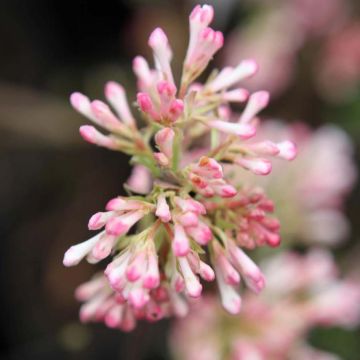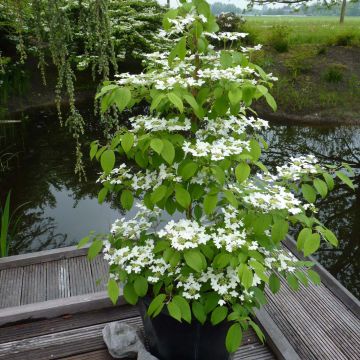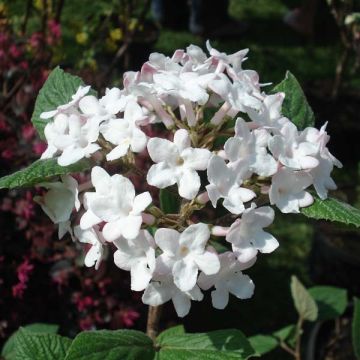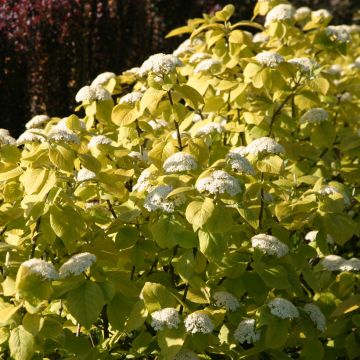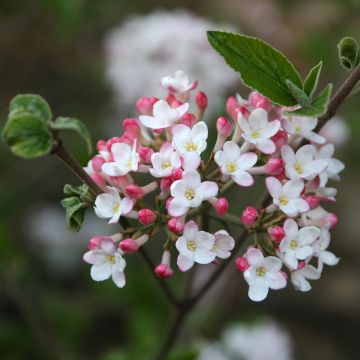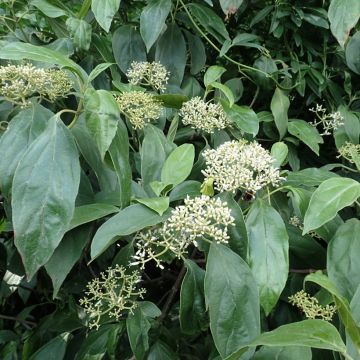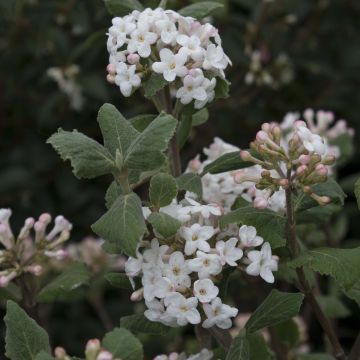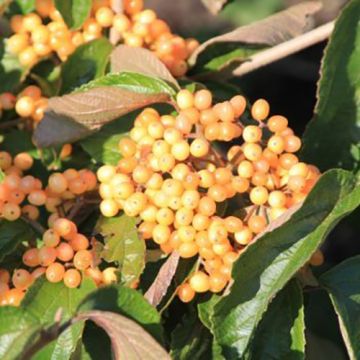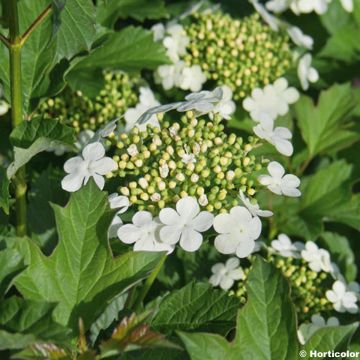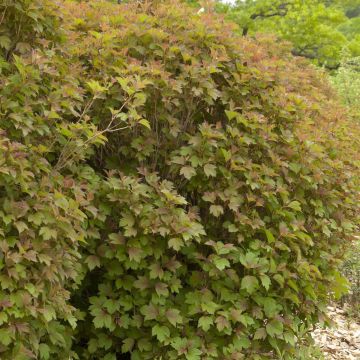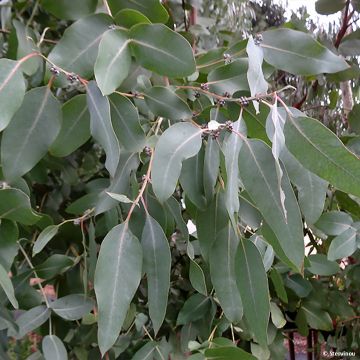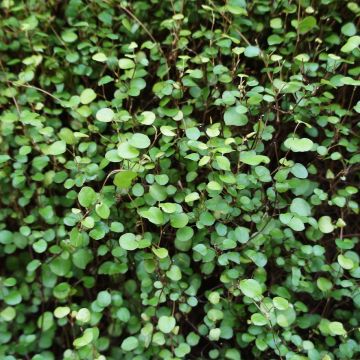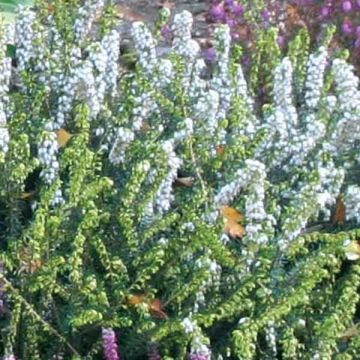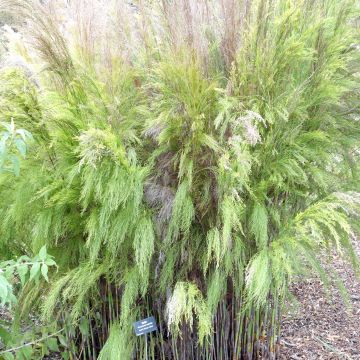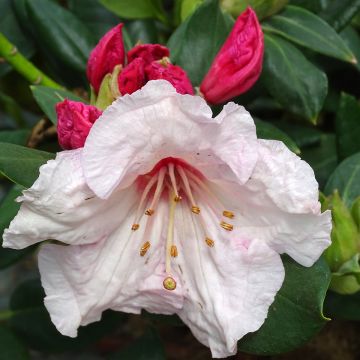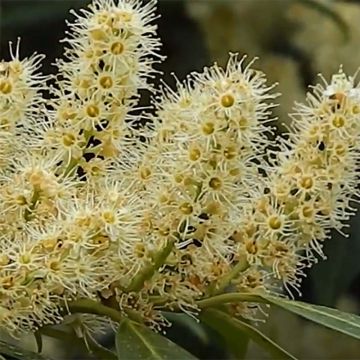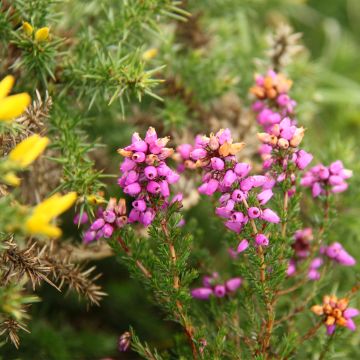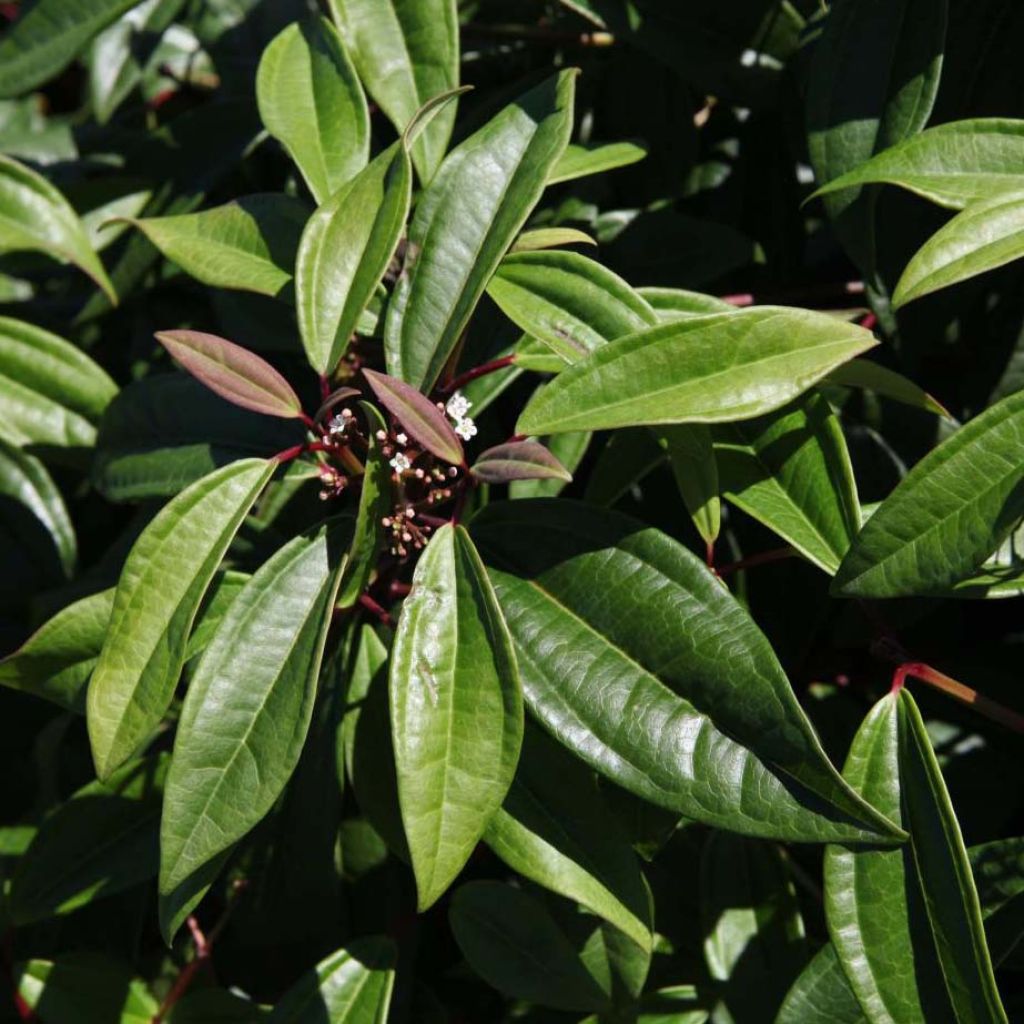

Viburnum davidii Angustifolium
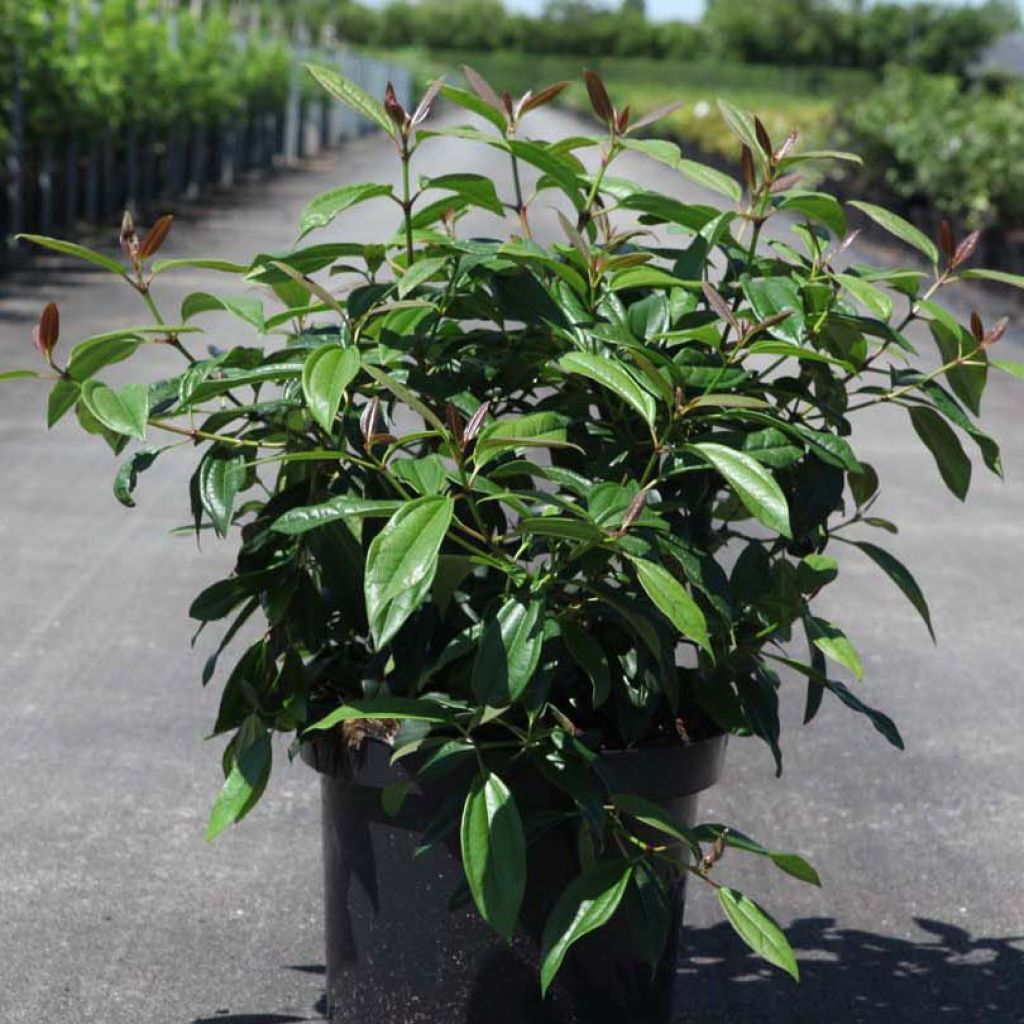

Viburnum davidii Angustifolium
Viburnum davidii Angustifolium
Viburnum davidii Angustifolium
David Viburnum
Still haven't received my order even though it was dispatched on the 23rd.
Eric O., 27/04/2018
Special offer!
Receive a €20 voucher for any order over €90 (excluding delivery costs, credit notes, and plastic-free options)!
1- Add your favorite plants to your cart.
2- Once you have reached €90, confirm your order (you can even choose the delivery date!).
3- As soon as your order is shipped, you will receive an email containing your voucher code, valid for 3 months (90 days).
Your voucher is unique and can only be used once, for any order with a minimum value of €20, excluding delivery costs.
Can be combined with other current offers, non-divisible and non-refundable.
Home or relay delivery (depending on size and destination)
Schedule delivery date,
and select date in basket
This plant carries a 24 months recovery warranty
More information
We guarantee the quality of our plants for a full growing cycle, and will replace at our expense any plant that fails to recover under normal climatic and planting conditions.

Would this plant suit my garden?
Set up your Plantfit profile →
Description
Viburnum davidii 'Angustifolium' is a variety of David's viburnum with a compact habit and delicate foliage, well-suited for small gardens and container gardening. Forming a thick ground cover cushion, the branches are covered with glossy green evergreen foliage, beautifully enhanced by the red tones of the petioles and young shoots. The spring flowers, with limited ornamental value, are slightly fragrant and give way to clusters of black to blue fruits with red peduncles. The overall effect creates a beautiful splash of colour throughout the winter. This viburnum is undoubtedly one of the most attractive ground covers, especially in shade. Provide it with a well-drained, preferably non-calcareous soil that remains moist.
Native to Asia and western China, David's viburnum, also known as cushion viburnum, is a dwarf shrub with horizontally spreading branches. This plant, formerly classified among the Caprifoliaceae, now belongs to the Adoxaceae family, just like elderberries. It is a dioecious species, consisting of male or female plants, with only the female plants bearing fruits in the presence of male plants. The 'Angustifolium' cultivar is distinguished from the species by its small leaves and compact habit. This slow-growing shrub forms a dome reaching 80cm (31.5in) in height and 1.2m (4ft) in width, spreading up to 1.8m (6ft) depending on the available space. The persistent foliage is perhaps the main asset of this viburnum: its tough, ovate leaves are a beautiful dark green with a glossy finish, and they have three veins that meet on a red petiole. The unattractive flowering, from April to May depending on the climate, consists of flat white clusters measuring 5 to 7 centimetres (2 - 2.8 inches) in diameter arranged at the ends of the branches. The subsequent fruiting is quite unique and persists on the branches until at least October. The small steel-blue fruits are not edible. The bark of this shrub is yellowish-grey.
The hardiness of Viburnum davidii 'Angustifolium' (maximum -15°C) needs to be observed. Where possible, it thrives in shady or partially shady locations, although it tolerates sunlight. It prefers acidic or sandy soils, similar to camellias and rhododendrons. Several shrubs should be planted together for fruiting to occur. It can be used as a standalone specimen or in mass plantings; its foliage, with its strong presence, highlights the accompanying blooms. It can be paired, for example, with Japanese spindle trees, hydrangeas, variegated dogwoods, Andromedas, or Japanese maples, which all appreciate the same growing conditions. This variety adapts very well to container gardening for decorating terraces or balconies.
Report an error about the product description
Viburnum davidii Angustifolium in pictures
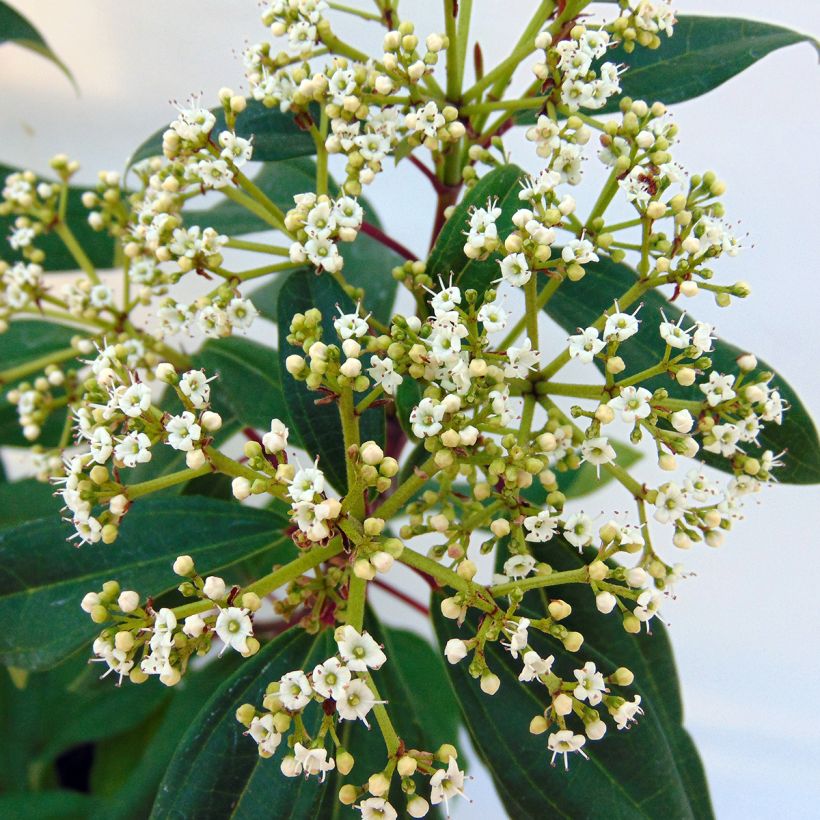

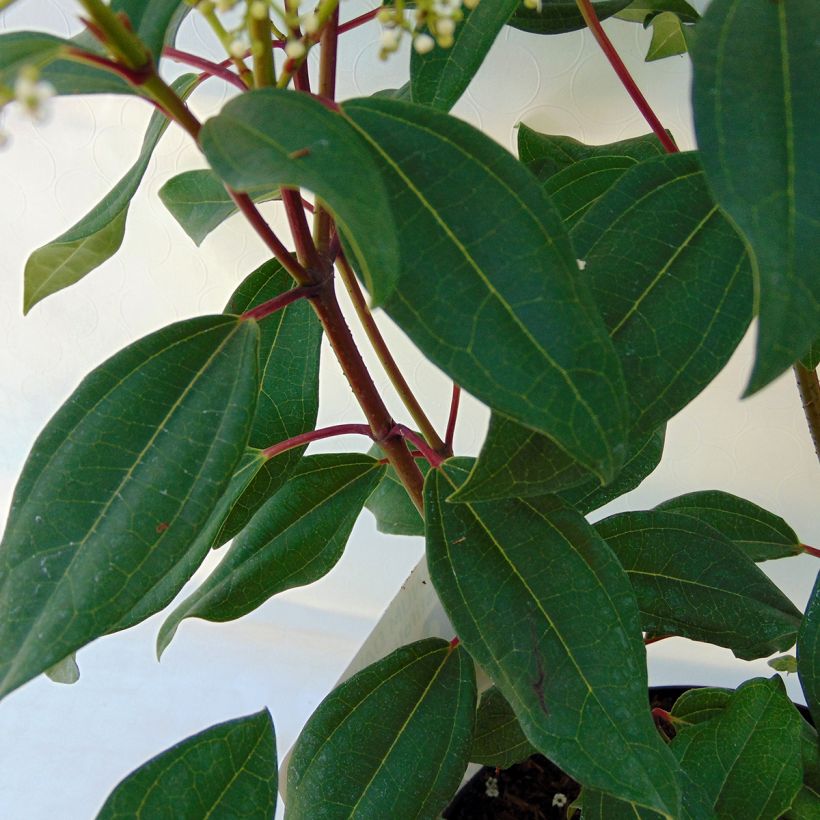



Plant habit
Flowering
Foliage
Botanical data
Viburnum
davidii
Angustifolium
Caprifoliaceae
David Viburnum
China
Other Viburnum
View all →Planting and care
Viburnum davidii 'Angustifolium', quite tolerant regarding exposure and soil, still prefers semi-shaded exposures and soils with an acidic tendency, soft and moist. Its foliage will be more beautiful in these optimal conditions. Plant it in a fresh and well-drained soil enriched with heather soil and coarse sand. At planting, water it abundantly, with not too calcareous water, and follow the watering for the first two or three summers, especially in a hot climate. It is necessary to plant several bushes for fruiting. Pruning is not obligatory, just remove the dry branches.
Planting period
Intended location
Care
-
, onOrder confirmed
Reply from on Promesse de fleurs
Similar products
Haven't found what you were looking for?
Hardiness is the lowest winter temperature a plant can endure without suffering serious damage or even dying. However, hardiness is affected by location (a sheltered area, such as a patio), protection (winter cover) and soil type (hardiness is improved by well-drained soil).

Photo Sharing Terms & Conditions
In order to encourage gardeners to interact and share their experiences, Promesse de fleurs offers various media enabling content to be uploaded onto its Site - in particular via the ‘Photo sharing’ module.
The User agrees to refrain from:
- Posting any content that is illegal, prejudicial, insulting, racist, inciteful to hatred, revisionist, contrary to public decency, that infringes on privacy or on the privacy rights of third parties, in particular the publicity rights of persons and goods, intellectual property rights, or the right to privacy.
- Submitting content on behalf of a third party;
- Impersonate the identity of a third party and/or publish any personal information about a third party;
In general, the User undertakes to refrain from any unethical behaviour.
All Content (in particular text, comments, files, images, photos, videos, creative works, etc.), which may be subject to property or intellectual property rights, image or other private rights, shall remain the property of the User, subject to the limited rights granted by the terms of the licence granted by Promesse de fleurs as stated below. Users are at liberty to publish or not to publish such Content on the Site, notably via the ‘Photo Sharing’ facility, and accept that this Content shall be made public and freely accessible, notably on the Internet.
Users further acknowledge, undertake to have ,and guarantee that they hold all necessary rights and permissions to publish such material on the Site, in particular with regard to the legislation in force pertaining to any privacy, property, intellectual property, image, or contractual rights, or rights of any other nature. By publishing such Content on the Site, Users acknowledge accepting full liability as publishers of the Content within the meaning of the law, and grant Promesse de fleurs, free of charge, an inclusive, worldwide licence for the said Content for the entire duration of its publication, including all reproduction, representation, up/downloading, displaying, performing, transmission, and storage rights.
Users also grant permission for their name to be linked to the Content and accept that this link may not always be made available.
By engaging in posting material, Users consent to their Content becoming automatically accessible on the Internet, in particular on other sites and/or blogs and/or web pages of the Promesse de fleurs site, including in particular social pages and the Promesse de fleurs catalogue.
Users may secure the removal of entrusted content free of charge by issuing a simple request via our contact form.
The flowering period indicated on our website applies to countries and regions located in USDA zone 8 (France, the United Kingdom, Ireland, the Netherlands, etc.)
It will vary according to where you live:
- In zones 9 to 10 (Italy, Spain, Greece, etc.), flowering will occur about 2 to 4 weeks earlier.
- In zones 6 to 7 (Germany, Poland, Slovenia, and lower mountainous regions), flowering will be delayed by 2 to 3 weeks.
- In zone 5 (Central Europe, Scandinavia), blooming will be delayed by 3 to 5 weeks.
In temperate climates, pruning of spring-flowering shrubs (forsythia, spireas, etc.) should be done just after flowering.
Pruning of summer-flowering shrubs (Indian Lilac, Perovskia, etc.) can be done in winter or spring.
In cold regions as well as with frost-sensitive plants, avoid pruning too early when severe frosts may still occur.
The planting period indicated on our website applies to countries and regions located in USDA zone 8 (France, United Kingdom, Ireland, Netherlands).
It will vary according to where you live:
- In Mediterranean zones (Marseille, Madrid, Milan, etc.), autumn and winter are the best planting periods.
- In continental zones (Strasbourg, Munich, Vienna, etc.), delay planting by 2 to 3 weeks in spring and bring it forward by 2 to 4 weeks in autumn.
- In mountainous regions (the Alps, Pyrenees, Carpathians, etc.), it is best to plant in late spring (May-June) or late summer (August-September).
The harvesting period indicated on our website applies to countries and regions in USDA zone 8 (France, England, Ireland, the Netherlands).
In colder areas (Scandinavia, Poland, Austria...) fruit and vegetable harvests are likely to be delayed by 3-4 weeks.
In warmer areas (Italy, Spain, Greece, etc.), harvesting will probably take place earlier, depending on weather conditions.
The sowing periods indicated on our website apply to countries and regions within USDA Zone 8 (France, UK, Ireland, Netherlands).
In colder areas (Scandinavia, Poland, Austria...), delay any outdoor sowing by 3-4 weeks, or sow under glass.
In warmer climes (Italy, Spain, Greece, etc.), bring outdoor sowing forward by a few weeks.






























